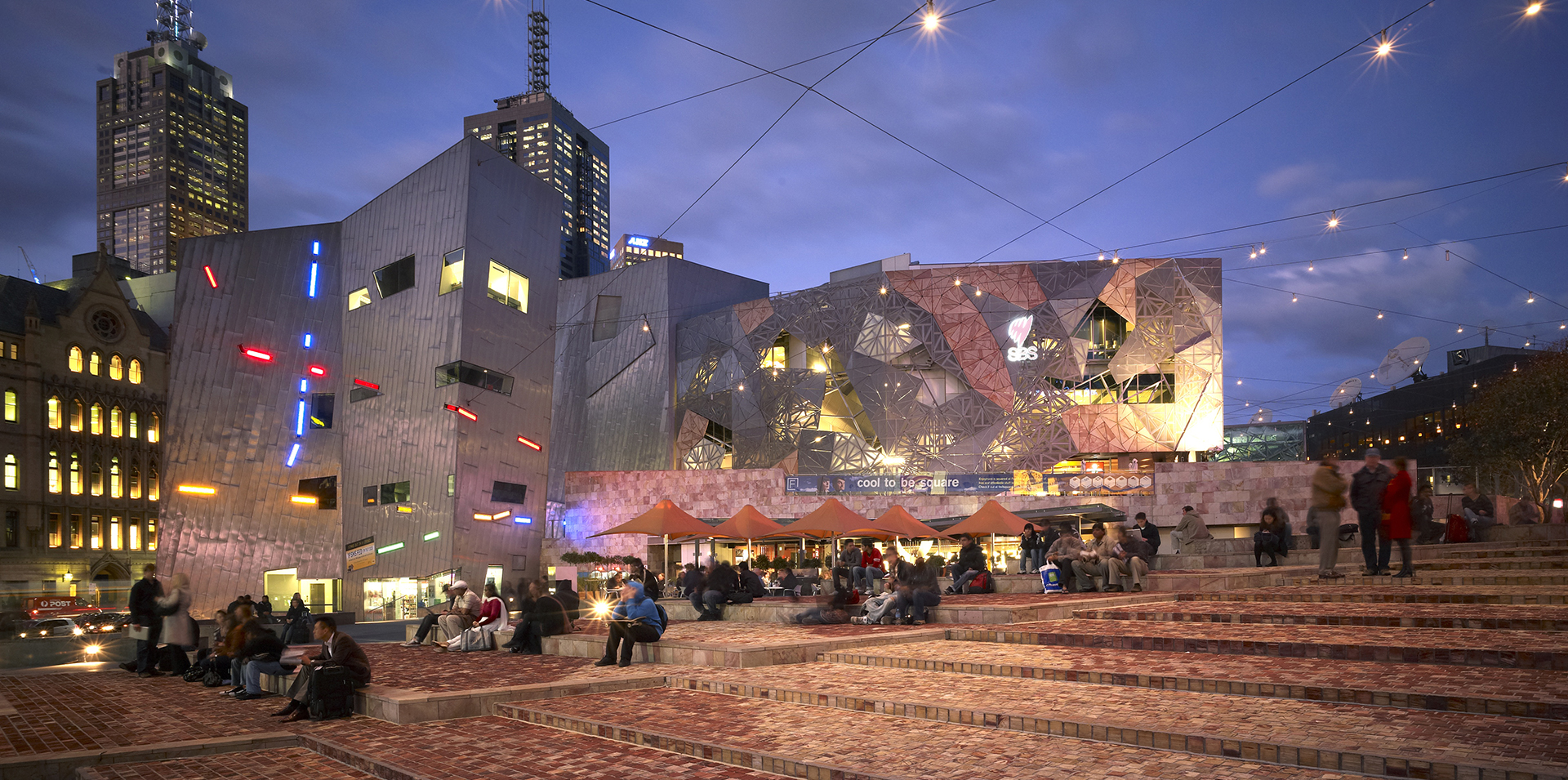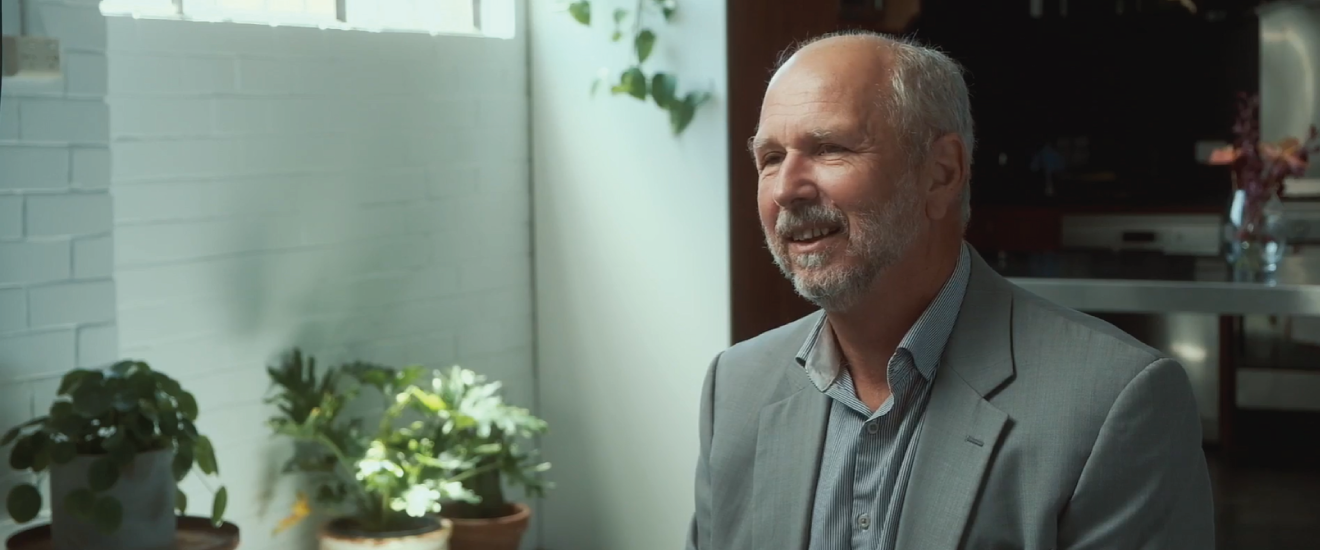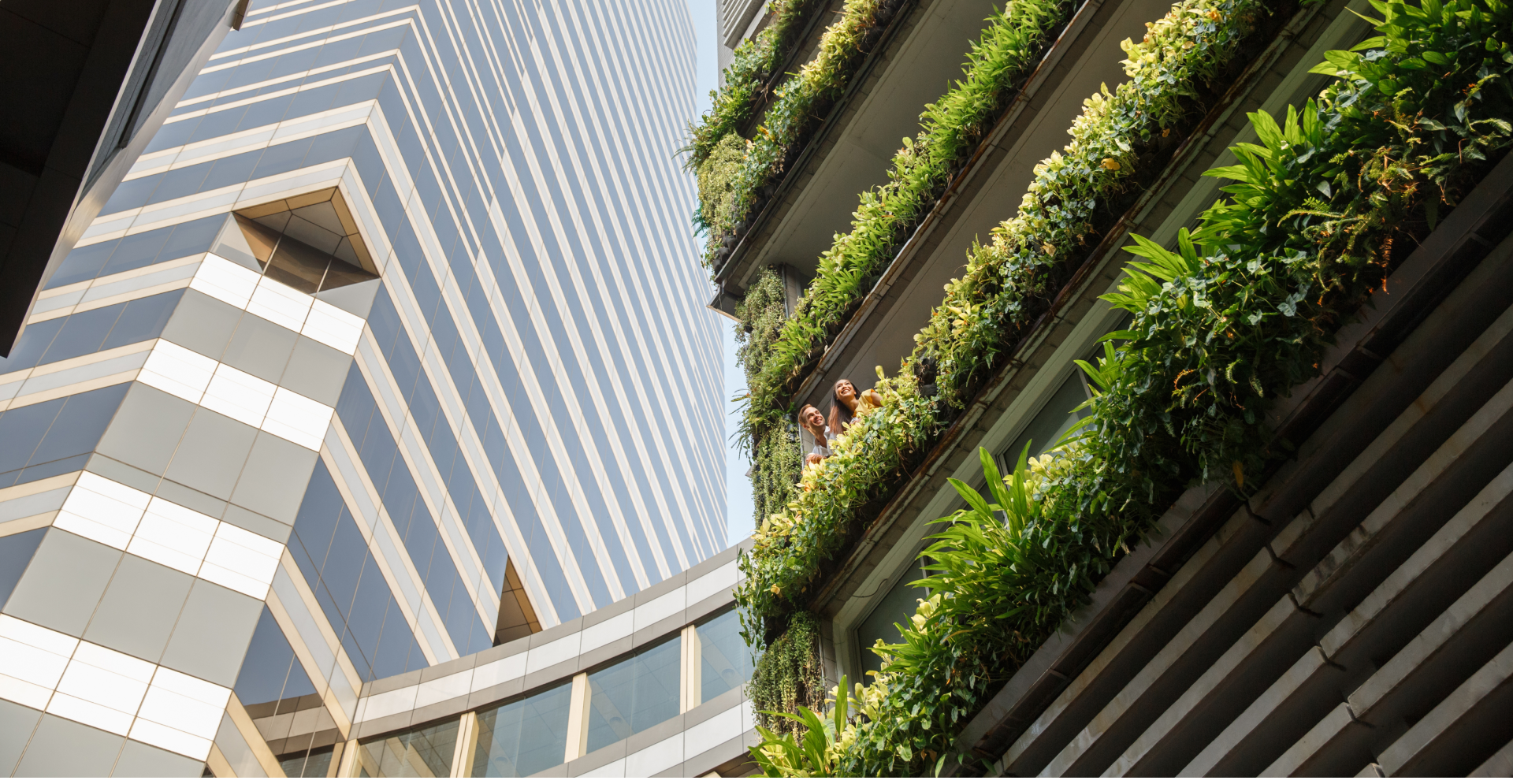Table of Contents
The challenge
Reclaiming the space above Jolimont Railway Yards to support an iconic city square was met with design and safety challenges, and the solutions needed were unheard of in Australia at the time.
1.4km
crash wall
For over 80 years, urban planning experts have tried to improve the image of Jolimont Railway Yards in Melbourne’s central business district. These rail lines have been a critical part of the city’s transport system, but the space above could be better utilised to deliver more value to the community through better designed public space. Transforming this space into a city square that reflects Melbourne’s dynamic profile required complex structural design considerations. Some of the proposed solutions were not covered by existing Australian standards at the time; thus, they required rigorous testing and validation prior to design and construction.
The solution
Through rigorous prototype testing and validation, Arcadis was able to offer a design solution that addressed the project’s safety and structural concerns.
38,000m²
cultural and arts precinct in Melbourne’s CBD
Arcadis became part of the Federation Square project as the structural and civil engineer tasked to design an innovative over station development to reclaim air rights above the railway yard. This step was the most complex part of the redevelopment process because it was the first time in Australia to create a deck platform that can support overhead buildings.
-
READ MORE
Safety concerns were a huge consideration at that stage because derailment can easily compromise the stability of structures above and below the platform. Part of our solution was to include a 1.4km concrete crash wall parallel to the rail lines. However, the crash walls could not completely support the vertical load of the planned structures above that is why we used an unconventional design to support the deck’s structure. By using steel beams and over 4,000 vibration-absorbing spring coils and rubber padding panels, our engineers were able to design a stable deck that can isolate vibration and noise from the rails below.
The impact
Federation Square brought new economic and cultural life to Melbourne’s Flinders Street and remains a popular and accessible public place within the CBD.
15,000 people
can be accommodated at once in Melbourne’s revitalised public space
Today, a number of buildings and structures offer a variety of services and experiences to thousands of people on a 38,000m2 solid deck that used to be just air a couple of years ago. The square’s design characterised by complex repeating patterns to create a unified image, on the other hand, successfully addressed the aesthetics issues that once plagued the area. All of these became possible because Melbourne dared to build something that was never attempted in the country before. Thanks to its solid foundation, Federation Square remains as a thriving public space where people can relax in an open environment while listening to the city hum with life.
Not done reading?
This also might be interesting for you
- Related Projects
- Related Insights
- Related Blogs









